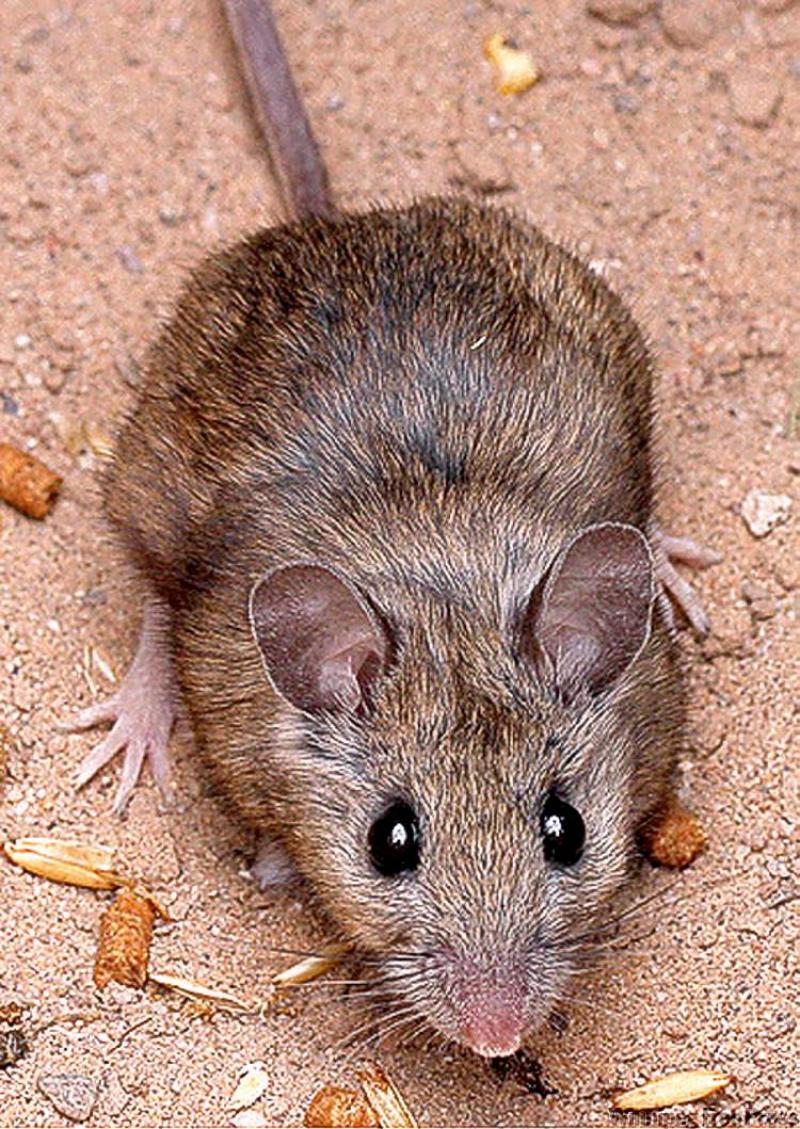
QUESTION: I had a real mouse problem at the cottage last fall and after dispensing poison and finding all the holes, I hope, where the mice could enter, I think the problem is solved for now. We have a dirt floor crawl space under the cottage and I was wondering if having it spray-foamed would prevent the mice from entering? I am getting various answers from the contractors in the area. Thank you. April Kelly
ANSWER: The answer to your question about the suitability for using spray foam insulation to stop your mouse problem is both yes and no. Spray foam insulation may be useful in preventing further infestation, but not in the manner you propose. I will explain this apparent contradiction which should help guide you in your decision of how to proceed.
What material, if anything, to install over the dirt floor of a crawl space has long been a debate not only for seasonal buildings, but also for homes. The only thing that seems to be in agreement is that it should have a proper air/vapour barrier installed if the crawl space is to be heated.
This air/vapour barrier, which is typically 6-mil polyethylene sheathing or heavier, is laid down directly over the bare floor and must be caulked at any seams and at the surrounding grade beam or skirting to be effective. The simple purpose of this plastic sheathing is to prevent moisture evaporating into the crawl space from the soil during the heating season. This thin sheathing is often covered with sand or other granular fill but rarely with any insulation.
The main reason that insulation is not typically installed over the soil in the bottom of the crawl space is that most of the heat added to the crawl space will be lost through the walls at the edges of the crawl space, or through the floor above. The heat escaping upward through the floor is not important, because it will simply rise into the heated living space above.
The side walls, whether they are structural concrete or some other form of skirting designed just to enclose the crawl space, should be insulated. If your cottage has wood skirting, this may be the ideal location for blown-in polyurethane insulation. If there is currently fibreglass batt insulation in this area, it may provide an ideal area for the mice to hide out in the cold months. Most rodents love to chew tunnels through the soft fibreglass and hang out in the warm, soft insulation. Replacing this insulation with foam, which is quite hard when cured, will eliminate this accidental mouse habitat.
Following the same thinking as replacing batt insulation in the skirting with blown-in polyurethane, you could also use similar products to further prevent mouse intrusion in other areas. Mice and squirrels often enter crawl spaces by tunnelling small openings underneath the perimeter walls or by sneaking though any existing openings. These entryways can be quite small and may occur around plumbing pipes, electrical conduits, or other items that protrude though the grade beam. Also, small gaps at seams or junctions between siding, sheathing, or footings may allow the little critters to gain access to your crawl space. Blown foam insulation is an excellent material to use for blocking these small openings. This can be accomplished by simply buying a couple of small aerosol cans of foam and filling these gaps, yourself. If you have several areas where the soil has eroded at the bottom of the perimeter walls of the crawl space, installation of a few inches of foam all around the interior would be a good idea. This will likely require hiring a commercial foam insulation contractor, but may be a good idea before installing your polyethylene air/vapour barrier over the soil.
To clarify my earlier comments, blown-in foam insulation can be an excellent product to fill small to moderate sized gaps in or below the crawl space walls, but is not necessary for the entire floor. The cost would be quite high to install this type of material, with little benefit.
As far as sealing gaps with the foam, many pests are not able to chew their way through this material, or don't like eating it, so it can be effective for many years. However, care must be taken with any foam insulation that is exposed to the sun, or strong ultraviolet light, as that will cause deterioration. Covering or painting any exposed foam at the exterior of your cottage will be required to prevent damage.
Prevention of rodent infestation into buildings, especially seasonal ones like your cottage, may require ongoing remedial action. The key is to fill, close, or cover any openings in the building envelope as soon as possible after occurring. These holes may be caused by moisture damage or deterioration to the exterior of the building, renovations, or settlement of the structure. Blown-in foam insulation can be an excellent solution for filling many of these small openings but may not be a permanent solution
Further repairs may be required to replace damaged or rotten building products that allowed the holes to develop. Use of this material for insulation on the interior of the crawl space skirting or grade beam for insulation is also an excellent choice, but covering the entire dirt floor of the crawl space to prevent mice is overkill.
Ari Marantz is the owner of Trained Eye Home Inspection Ltd. and the president of the Canadian Association of Home & Property Inspectors - Manitoba (www.cahpi.mb.ca). Questions can be e-mailed to the address below. Ari can be reached at (204) 291-5358 or check out his website at www.trainedeye.ca.
trainedeye@iname.com



